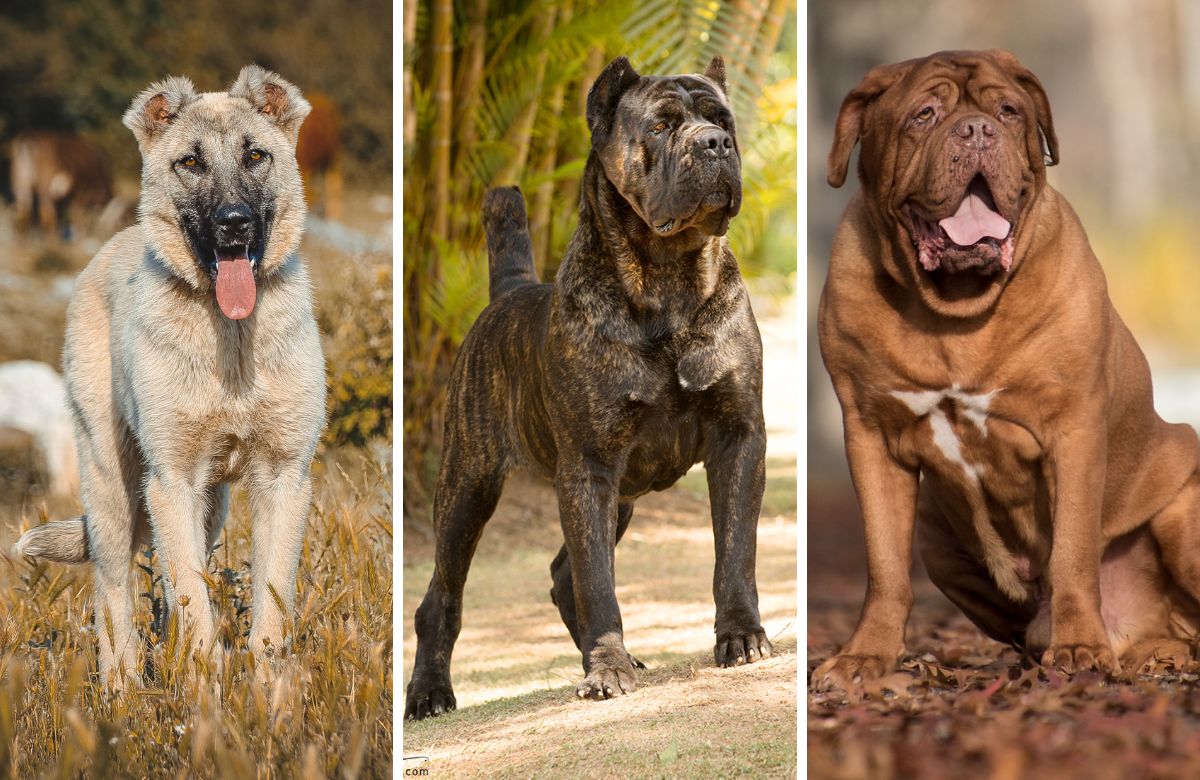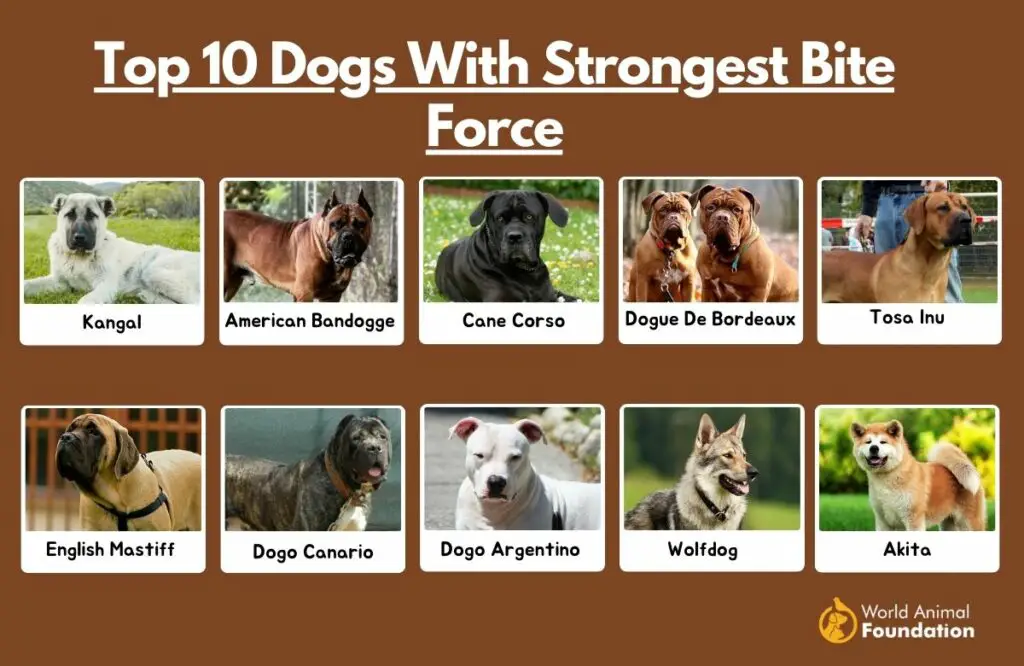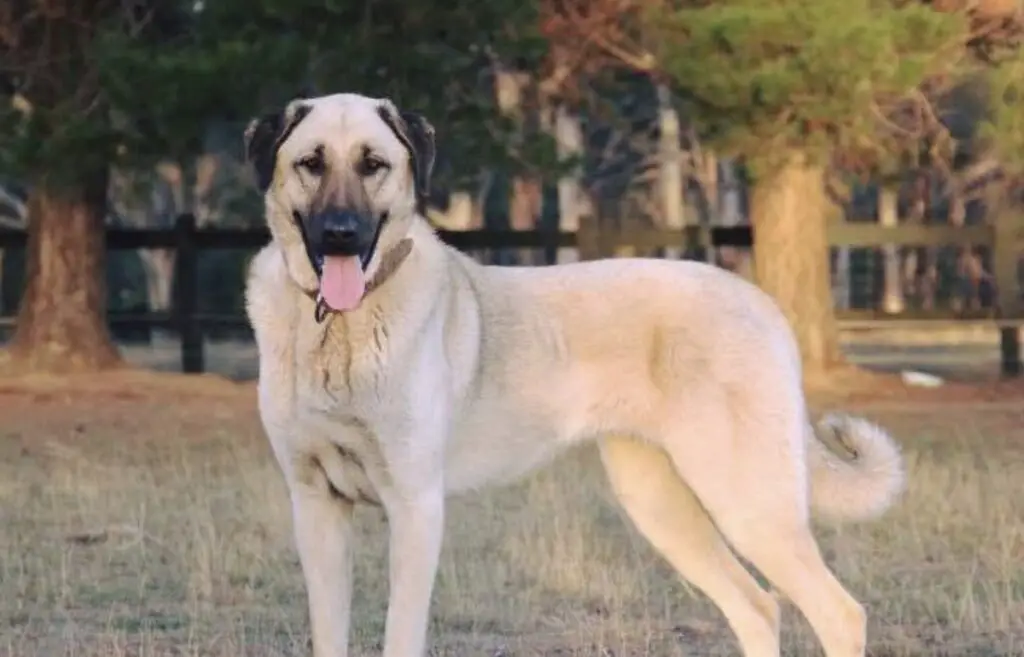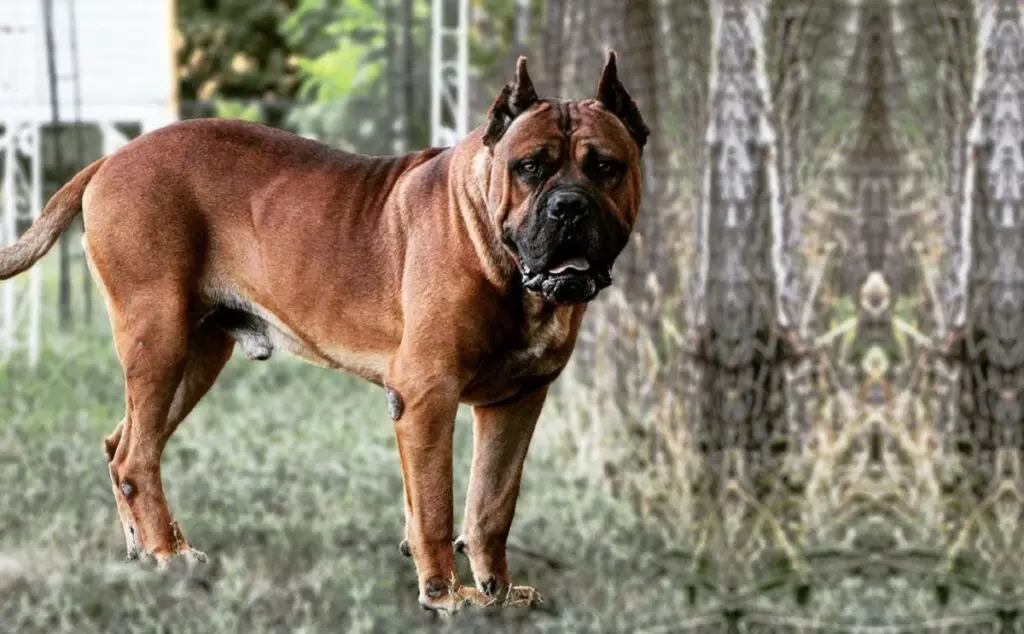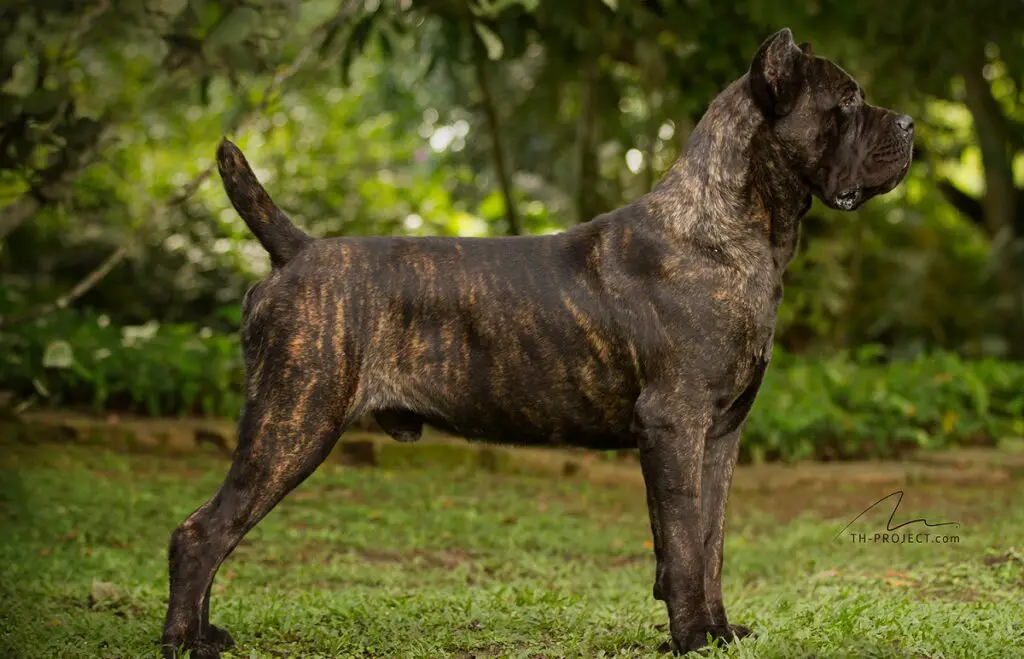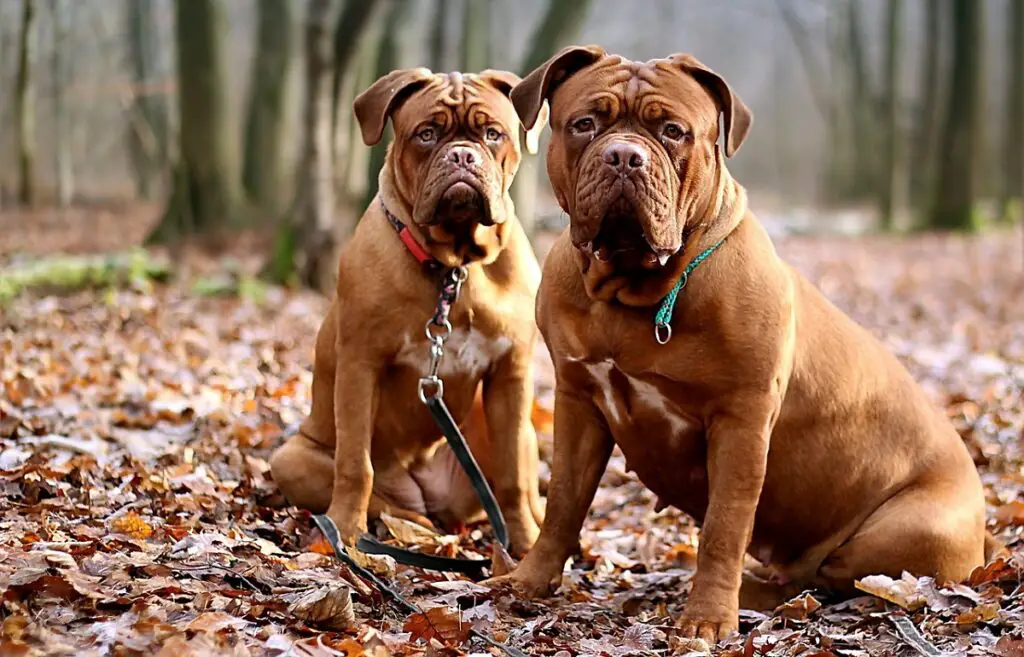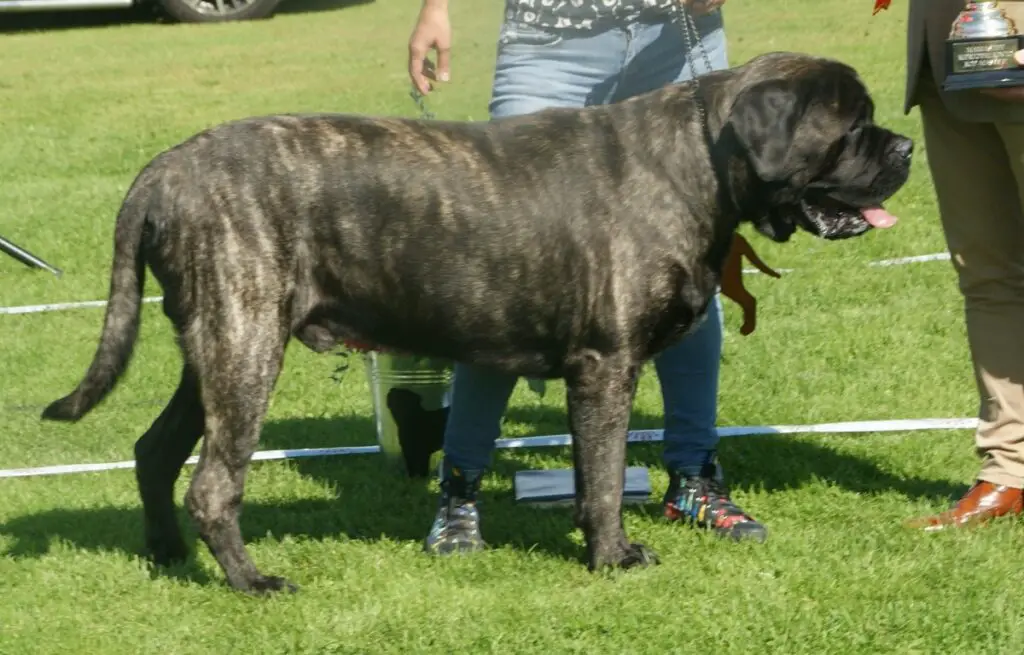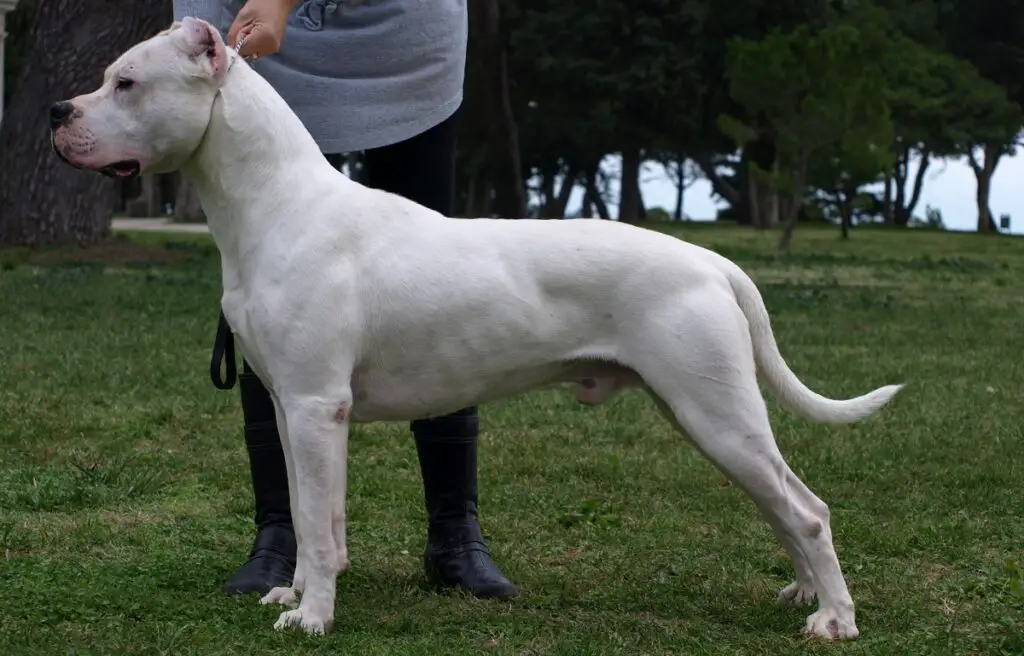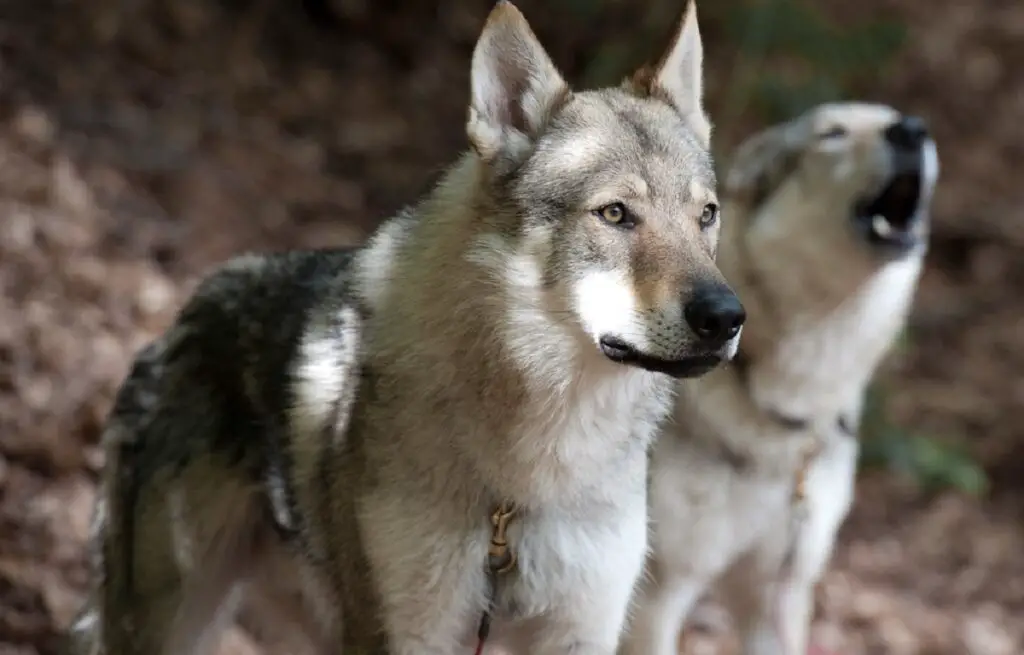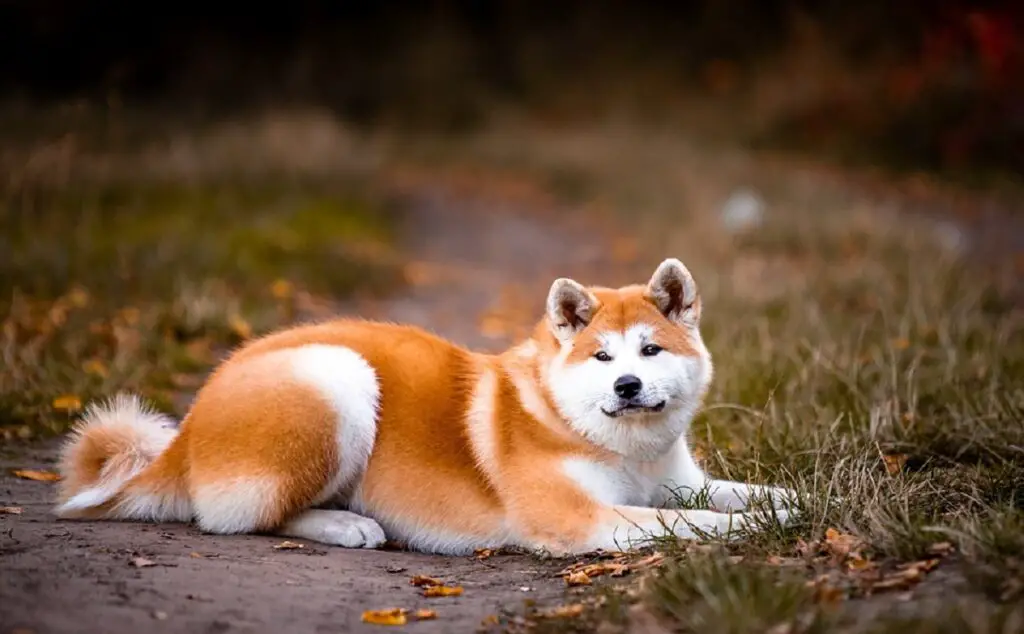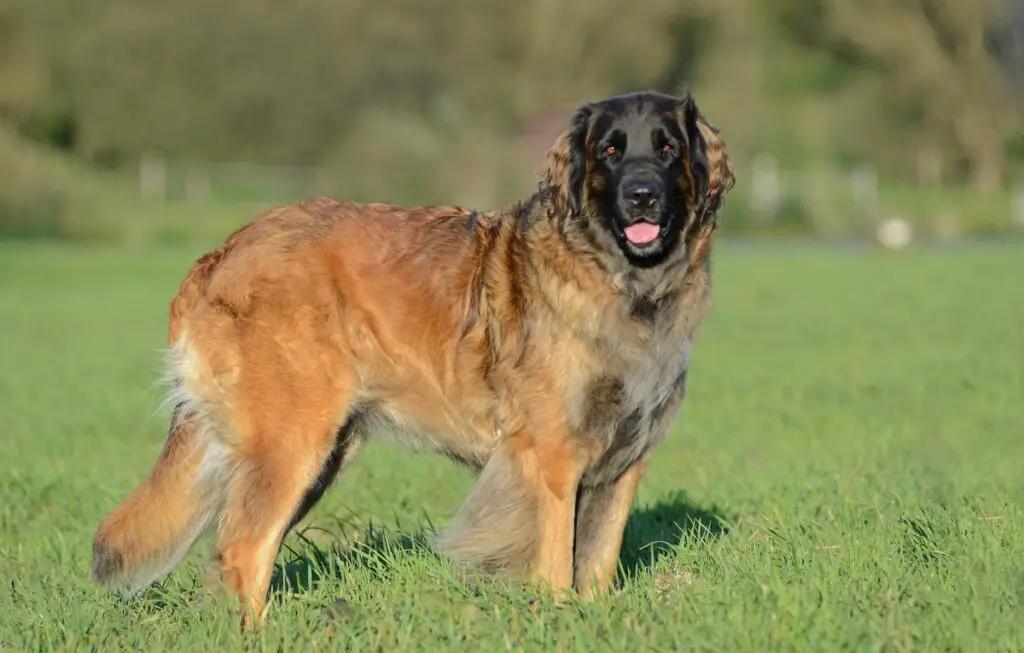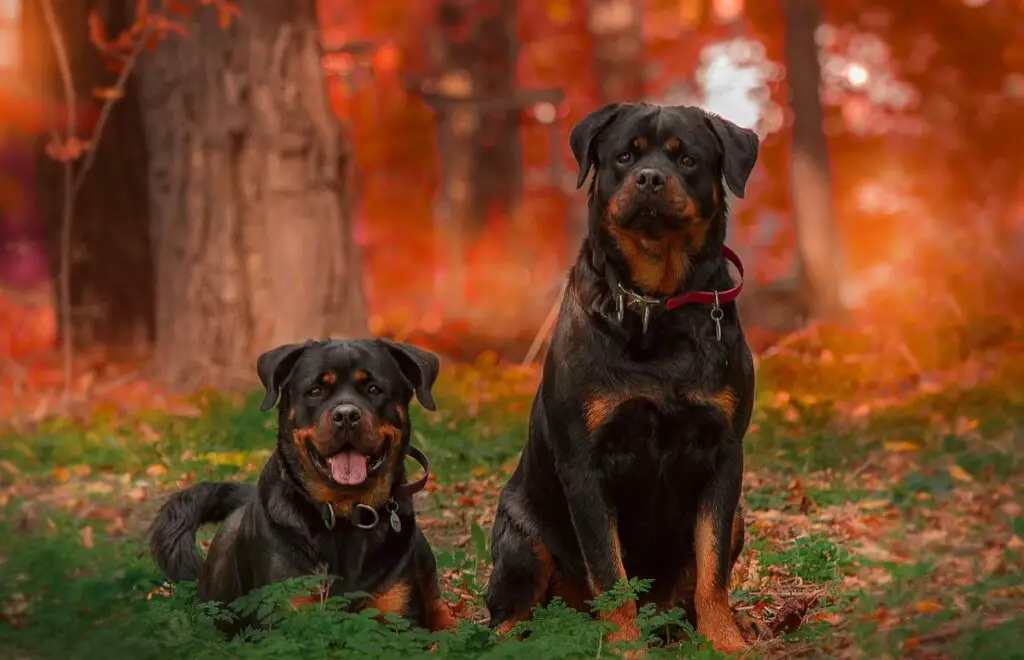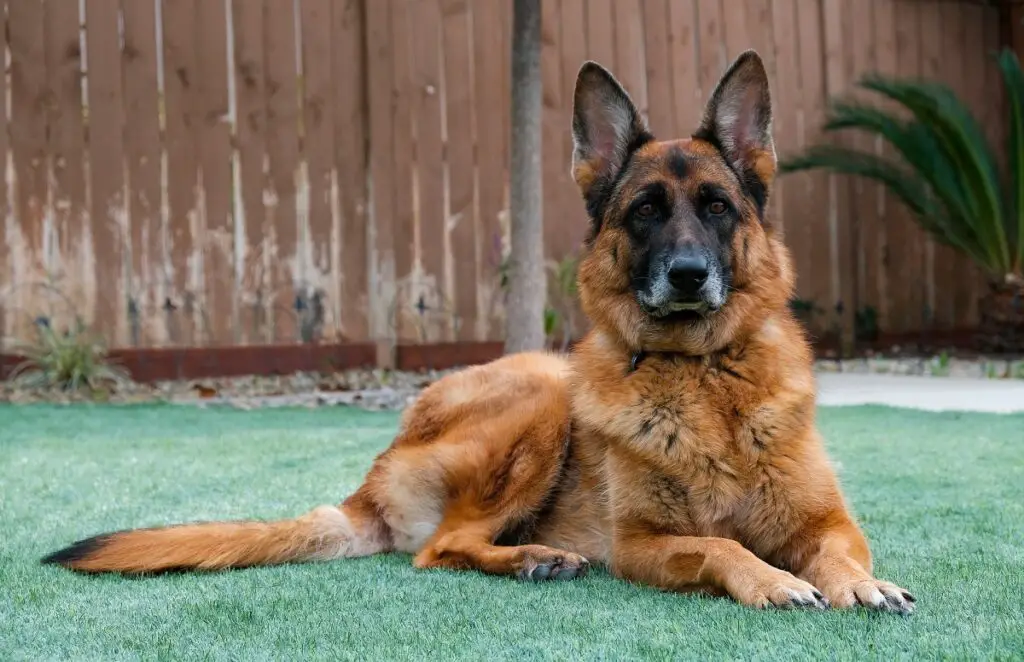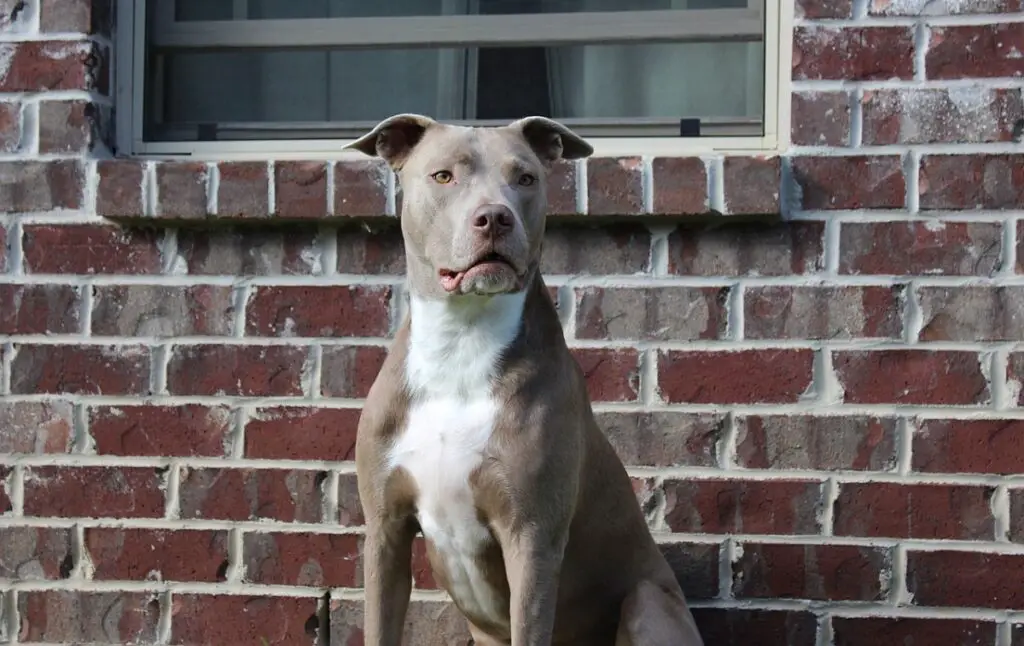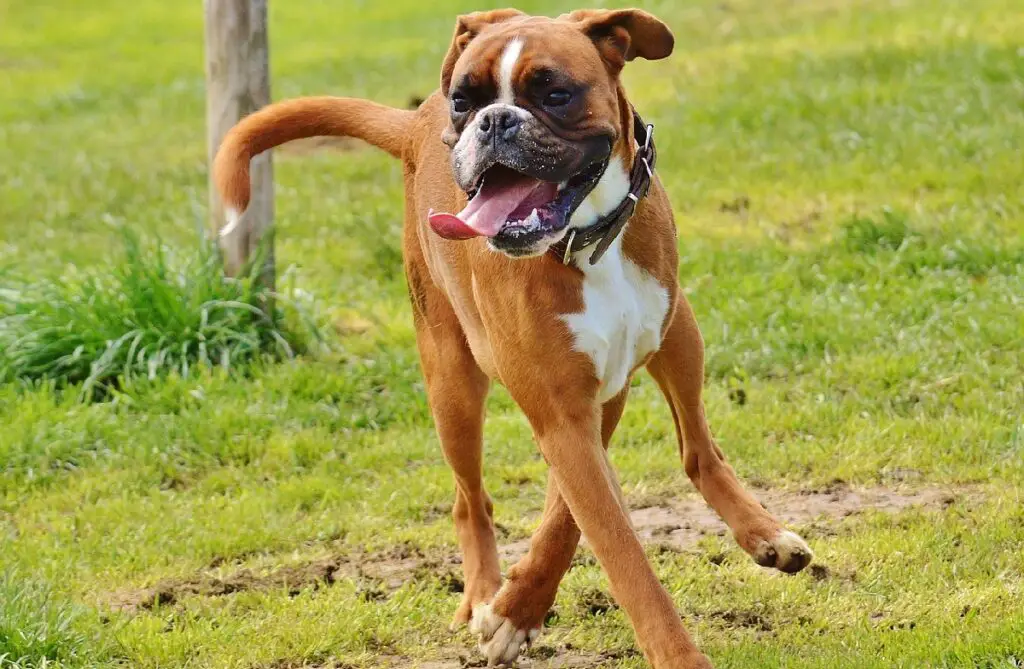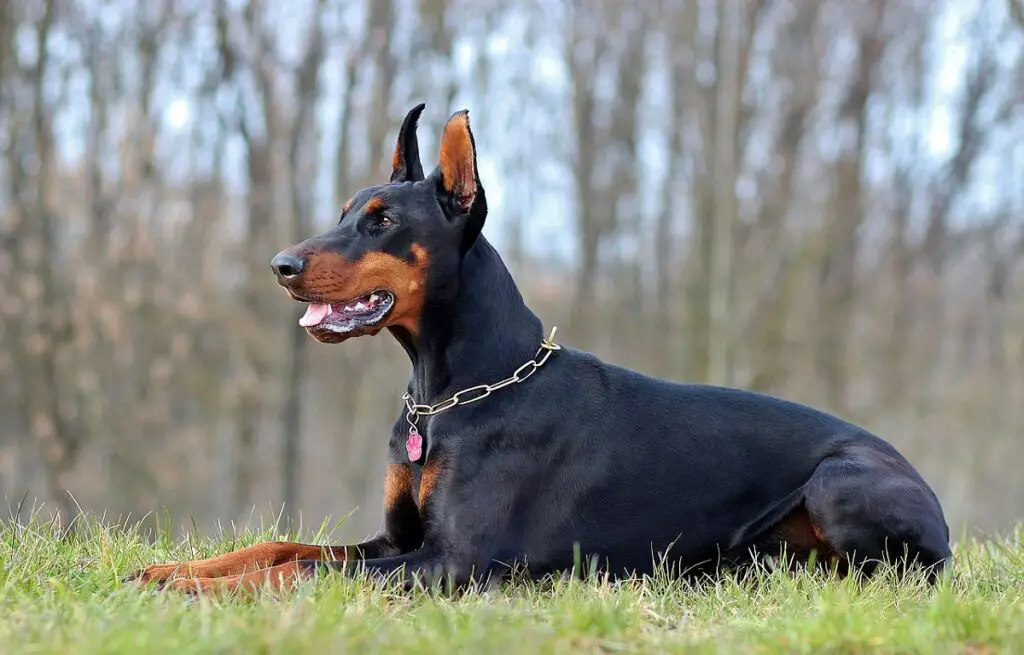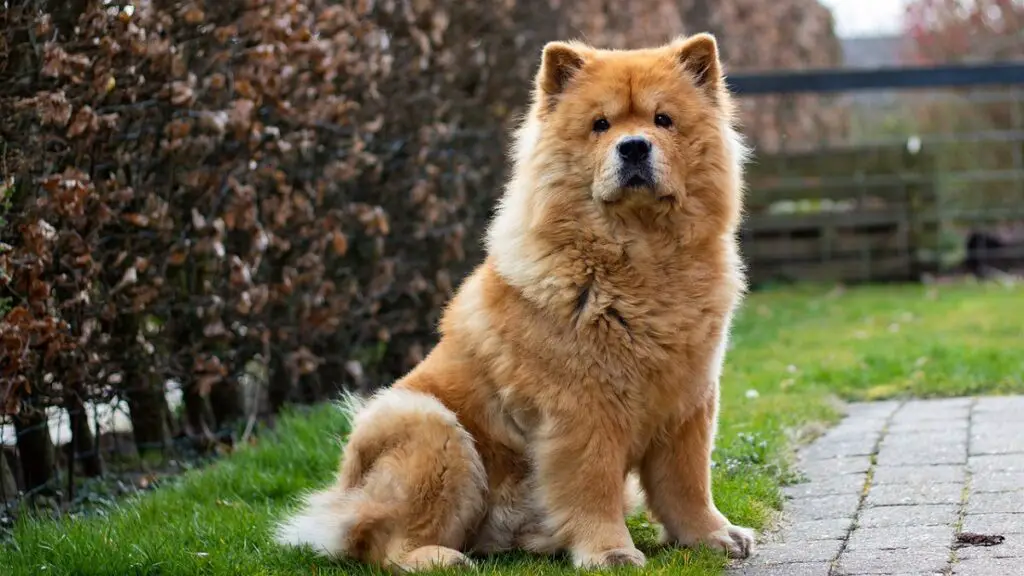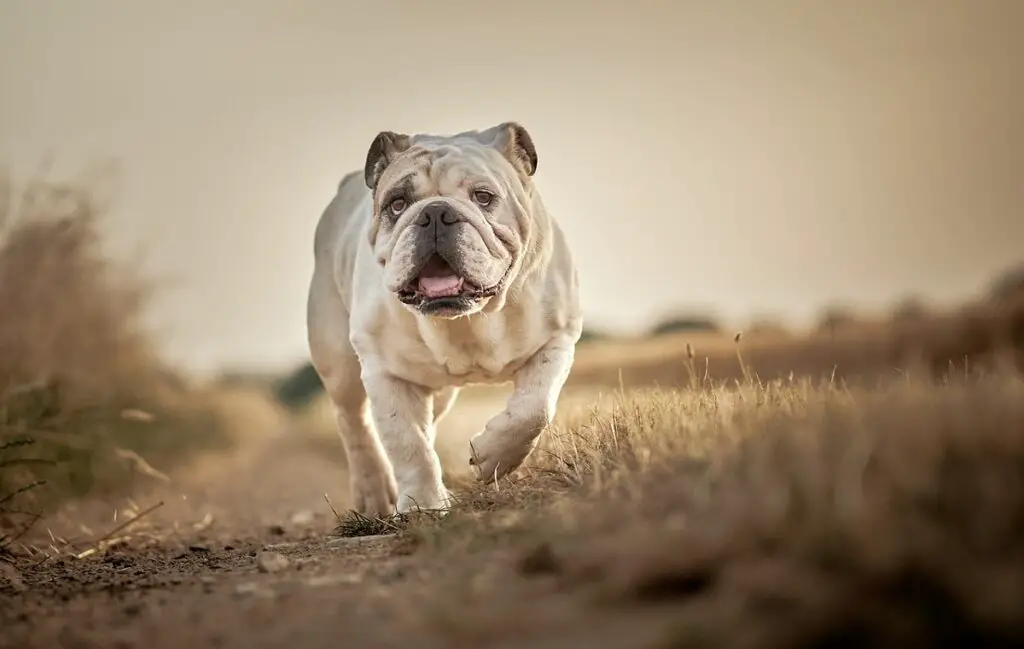Beyond their wagging tails and wet noses, dogs possess a powerful bite, a tool honed by evolution. But just how strong can that bite be? This exploration into 22 breeds with the strongest bite force unveils the incredible power packed into their jaws. From the expected heavy hitters like Kangals and Rottweilers to some surprising contenders, we’ll delve into the science behind bite force and uncover the fascinating world of canine jaw strength. Discover the breeds that command respect with every snap, and gain a new appreciation for the force behind man’s best friend.
Dog bites are very serious injuries. Every dog in the world is capable of inflicting a bite, no matter its size or personality, according to dog bite statistics. However, some breeds of dogs have stronger jaw muscles than others, along with larger jaws, and can do more damage. This is why the right training with an animal behaviorist is essential when you adopt a new dog, especially for first-time dog owners.
A dog’s jaw strength is measured in pounds per square inch PSI, a figure that’s derived from evaluating the adductor muscles. The strongest dog breed in terms of jaw strength using this measurement is the Kangal, with the highest bite force at 743. But there are many others that come close.
All dog owners, no matter how friendly their pet is, should also know how to treat a dog bite should one occur. Quick action can be the difference between life and death.
Dogs with Strongest Bite Force
There are hundreds of dog breeds in the world, each with its own personality type and characteristics. Through extensive testing and studies, scientists and researchers have been able to assign many dogs a rating. Here are the top dogs with the strongest bite force:
Kangal (743 PSI)
The Kangal has a bite force of 743 PSI. This breed makes an excellent guard dog, and it’s a great family dog. This Turkish breed has a very long life expectancy, 15 years or more, for their size, which can range from 25 to 31 inches tall and from 90 to 130 pounds.
Kangals are territorial dogs that need a lot of training, and it’s recommended that they are the only pet in the home. This native Turkey breed has a peaceful temperament and is well-suited to protecting livestock from becoming large prey because they’re naturally aggressive to predators.
American Bandogge (730 PSI)
The American Bondogge is a large dog that falls into the Mastiff category and has a bite force of 730 PSI. They are massive dogs, standing between 25 to 29 inches tall and weighing between 85 to 140 pounds.
The American Bandogge is both loyal and protective. However, they require a dominant owner who can maintain control; otherwise, they are prone to developing aggression toward other dogs. However, if they grow up from an early age with other pets in the home, they are usually perfectly fine with them. Like dogs their size, they live between 10 to 12 years.
Cane Corso (700 PSI)
The Cane Corso is a type of Mastiff that, from a distance, looks much like bears. With a very powerful bite force of 700 PSI, it’s got the third strongest bite force of those on our list. The dog’s size — they stand 23.5 to 27.5 inches tall and weigh in at 85 to 110 pounds — make them a great guard dog.
Cane Corsos have a big blocky head and an intimidating size. They don’t shed much and are very loyal to their families. They don’t require a lot of maintenance. Like the Kangal, the Cane Corso prefers to be the only pet and doesn’t often get along with other dogs or cats. They live between 10 and 12 years.
Dogue De Bordeaux (556 PSI)
Have you ever seen the movie Turner and Hooch? It’s one of my all-time favorites, and Tom Hanks’ character’s struggles with the pet are very indicative of what you can expect with a Dogue De Bordeaux. These gentle giants have a bite force of 556 PSI. They stand between 23 and 26 inches tall with a weight between 120 and 140 pounds.
One thing pet owners need to be cautious of if they own a Dogue De Bordeaux is that they tend to gain weight easily. Add in the fact that this particular breed is lazy, and they can quickly become overweight.
However, they’re great family dogs because of their affectionate nature, and their sheer size is a deterrent. The downside to the Dogue De Bordeaux is that they have very short lifespans of 5 to 8 years.
Tosa Inu (555 PSI)
The Tosa Inu is a breed of Japanese fighting dog found in Japan and the USA. It is one of the largest on the planet. They have a strong bite force of 555 PSI. Tosa Inus weighs between 80 and 135 pounds in Japan but are significantly larger in the US, weighing between 130 and 200 pounds. They stand between 21 and 32 inches tall.
Despite its massive size, the Tosa has a lot of patience and is a quiet breed that’s quick to obey its owner. They require a lot of early socialization and should be properly trained, and are illegal in some countries because they’re classified as dangerous dogs. The Tosa Inu has a life expectancy of 10 to 12 years.
English Mastiff (550 PSI)
The English Mastiff is commonly known just as the Mastiff, and its roots date back to the English battlefield during World War I and II. They are similar to the French Mastiff and have a dog bite force of 550 PSI and massive jowls that are capable of clamping down. The Mastiff size ranges from 28 to 36 inches tall and 120 to 230 pounds.
They’re large dogs, but Mastiff breeds are also very good-natured, making them excellent family pets. They’re calm, so nearly anyone can own them, and they’re real pleasers. The life expectancy of the English Mastiff is between 6 and 12 years.
Dogo Canario (540 PSI)
The Dogo Canario, also known as a presa canario, is an ancient war dog breed that is still going strong. It has a bite force of 540 PSI. They’re very active dogs that stand 22 to 26 inches tall and weigh between 83 and 140 pounds. Dogo Canarios are also suspicious breeds that tend to be stubborn, but they’re also known for their loyalty.
Since the Dogo Canario is known for its aggressive tendencies, they need someone who is experienced with the breed. That means properly socializing and training the pet. In order to be good in homes with kids and other pets, it’s best to raise this large breed from a puppy. They live between 9 and 11 years.
Dogo Argentino (500 PSI)
The Dogo Argentino is a working dog, originally bred as a big game hunter, with an impressive bite force of 500 PSI. It stands between 24 and 27 and weighs between 80 and 100 pounds. The Dogo Argentino is well-known for its reflexes.
These large dogs make excellent household pets and require a lot of time with their family members. They are friendly and very active, needing constant exercise. They also, like other large breeds, need proper training and socialization from a young age. They have a long lifespan that can extend 10 to 15 years.
Wolfdog (406 PSI)
The Wolfdog gets its name from its appearance — it looks like a wolf. By nature, they’re very destructive animals and require targeted care, including a diet of grain-free kibble or raw meat. These dogs have a height that averages 26 to 34 inches and a weight that falls between 60 and 120 pounds.
Many countries have declared the Wolfdog a dangerous yet powerful breed because of its unpredictable nature. When raised from a pup, these dogs that resemble wolves can be very loyal and affectionate, but they are the sixth most common by breed in dog bite fatalities. These dogs can live between 12 and 14 years.
Akita (up to 400 PSI)
Akitas are popular pets in Japan for being protective of their families. They are big fluffy breeds that tend to be standoffish when it comes to people they don’t know while turning around and displaying their silly nature to their owners. Their bite force is an impressive strength that can range between 350 and 400 PSI. They stand between 24 and 28 inches tall and can weigh anywhere from 80 to 110 pounds.
Akitas, originating from the northern Japanese mountains, have a dense coat that can keep them warm in the coldest temperatures. They have a solid build with a large head that makes them good guard dogs. They live between 10 and 14 years on average.
Leonberger (399 PSI)
The Leonberger originates from Germany and looks like a fluffy teddy bear. But make no mistake, with a bite force of 399 PSI; they pack quite a powerful jaw. They measure between 26 and 31 inches high and weigh between 90 and 170 pounds.
The Leonberger is a playful dog breed that makes a great family pet for homes with children, though supervision is required because of their sheer size. They are known for their ability to pull carts. A gentle giant, the breed is known for its capability to love. It lives around 8 to 9 years.
Rottweiler (328 PSI)
The Rottweiler is a well-known breed in the US. The Rottweiler dog was once considered one of the most dangerous dogs, and with a dog bite force of 328 PSI, it’s not surprising why. They stand between 22 and 27 inches tall with a weight that falls between 80 to 135 pounds.
Despite their look, Rottweilers are known to their owners as massive babies because they’re a very clingy breed and love to be around their owners. They’re great with children when raised around them. They were used in the past as butchers’ dogs because they used to herd livestock and pull carts. A Rottweiler’s life expectancy falls between 8 and 10 years.
American Bulldog (305 PSI)
The American Bulldog is a very popular dog breed that’s often confused with the Pit bull. They have a distinguished look, though, with muscular bodies. The American bulldog bite force comes in at 305 PSI, stronger than Pitbulls. They have a height between 20 and 28 inches and can weigh between 60 and 130 pounds.
The American Bulldog is a gentle pup that is often welcomed in homes with children. They’re a devoted breed that’s easy to maintain with their short coats. They need a lot of activity because they love to play, and if left unstimulated, they will become destructive. American Bulldogs have a life cycle between 10 and 15 years.
German Shepherd (238 PSI)
The German Shepherd is probably one of the most recognizable breeds in the US for their police work. They’re common working dogs, often serving on police forces as K-9s, and some are bred specifically for law enforcement and the military. They have a dog bite force of 238 PSI, which comes in very handy when trying to catch suspects who try to run away.
German Shepherds are extremely intelligent dog breeds that are loyal, confident, and obedient. German Shepherds also make for excellent police dogs and are good in all types of homes with proper socialization and the right training. The German Shepherd lives from 9 to 13 years.
Pitbull (235 PSI)
Pitbull terriers, also known as the American pit bull terrier, have a long history of a bad reputation because of a lot of misinformation and pitbull statistics in regards to dog bites. However, one thing that is true about them is they have a very strong bite force of 235 PSI, which can make them dangerous when they latch onto something or someone. They stand 17 to 21 inches tall and weigh between 30 and 60 pounds.
Pit bulls fall into the American bully dog breed and are very intelligent and affectionate dogs with very goofy personalities that they love to put on display when playing.
The American pit bull is also commonly referred to as a “nanny dog” because it has a gentle temperament with children and watches over them. The American Kennel Club does not recognize this breed, which lives between 8 and 15 years.
Boxer (230 PSI)
If you want to see a goofy dog in action, look no further than the Boxer. They have strong jaws, though, with a powerful bite force just below that of the pit bull at 230 PSI. Boxers stand 21 to 25 inches tall with a weight that falls between 55 and 71 pounds.
Boxers resemble smaller versions of Mastiffs. They’re super friendly and playful with a bright temperament. The Boxer dog breed is also a very intelligent breed and fearless, which can make for a very unique combination. They have a lifespan of 10 to 12 years.
Doberman (229 PSI)
Dobermans have a fierce look and are often trained properly to be guard dogs. They have a bite force of 229 PSI, which puts them on par with Pit bulls and German Shepherds. They’re easily recognized by their coloring and often have cropped ears to make them look more fierce, though it’s a controversial practice. They stand proudly at 25 to 28 inches tall and weigh between 60 and 100 pounds.
The Doberman is extremely intelligent and alert but very energetic and fearless at the same time. Their short coat is very easy to maintain. If you want a loyal dog, Doberman Pinschers certainly fit the bill. They are also good in the military and live between 10 and 13 years.
Alano Español (227 PSI)
The Alano Español is a bulldog breed from Spain that was commonly used for bullfighting. They also have guard dog capabilities as they are dominant, serious animals. With their large teeth and a bite force of 227 PSI, they can do some serious damage to a predator. The breed stands between 22 and 25 inches tall and can weigh between 55 and 88 pounds.
The Alano Español gets along well with other animals but has a natural guarding instinct. They take their protector role seriously. They tend to live longer lives, between 11 and 14 years.
Dutch Shepherd (224 PSI)
The Dutch Shepherd is related to the German Shepherd and looks similar but with a brindle coat instead of solid coloring. They also have a similar bite force that comes in at 224 PSI. They’re a medium breed that has a height ranging from 22 to 24 inches tall and a weight of 65 to 67 pounds.
Dutch Shepherds are good family pets. They’re affectionate and loyal, and most of all, trainable. It has a strong herding instinct, which makes it a good addition to a farm or other working-class job. Like the Alano Español, it lives between 11 and 14 years.
Chow Chow (220 PSI)
The Chow Chow was once feared because of its look, but people have come around to the breed in the last few decades. They have a bite force of 220 PSI and a sturdy build that can be offputting. They’re on the smaller side of the dogs on this list, standing between 18 to 22 inches tall and weighing between 44 and 71 pounds.
One of the Chow Chow’s most recognizable features, other than its fluffy stature, is its blue tongue. They remain aloof to people they don’t know but have a fierce loyalty to their owners and family members. The life expectancy of a Chow Chow is between 9 and 15 years.
English Bulldog (210 PSI)
The English Bulldog is a short stocky pup that has a flat face and is known for having breathing problems because of it. It has a muscular build and is often seen riding skateboards. It has a bite force of 210 PSI. They are often between 12 and 16 inches tall, and one of the lighter dog breeds mentioned weighing between 40 and 55 pounds.
English Bulldogs are very docile and friendly and easy to train dog breed if the viral videos of them skating around town are any indication. Despite their smaller stature, they are very strong and make great family pets, like a pointer dog. You can expect the breed to live between 8 and 10 years.
Malinois (195 PSI)
The last breed on our list is the Malinois, which is a working dog that has a bite force of 195 PSI. They’re a medium- to large-size breed standing 22 to 26 inches tall with a weight between 40 to 75 pounds.
The Malinois has an incredibly strong work ethic and loyal nature that makes it a great family pet as well as a good military dog. They are often mistaken for German Shepherds as they have similar builds, but a shorter coat sets them apart. The breed has a lifespan ranging from 10 to 14 years.
Measures to Take in Dog Bite-Related Injuries
If you experience a dog bite or are around someone who has, there are a few short but critical steps to take to prevent a more serious injury or infection.
First, make sure to try to control the bleeding. In some cases, this might mean applying a tourniquet. If one isn’t available, tie a strap of cloth just above the bite. Then, clean out the wound as best as possible. This might mean running warm water over the wound, using hydrogen peroxide, or applying ointment. Cover it to protect it against further contamination.
It’s important to seek medical attention, no matter how minor the bite looks, because it can get infected quickly. There are a number of bacteria in a dog’s mouth that can transfer to your bloodstream.
Most states require you to report dog attacks, and when you do this, make sure to also document all of the details surrounding the bite. When did it happen, what type of dog, its owner, and any witnesses to the biting incidents.
In some cases, legal action may be necessary, especially if the bite is serious enough to warrant ongoing medical attention.
FAQs
Is a Dog’s Increased Danger Linked to its Stronger Biting Capability?
Not exactly. While dog breeds with the strongest forces can inflict more damage, that doesn’t necessarily make an average dog more dangerous. There are a number of factors that go into what makes them a dangerous animal, and one of the key components is its handling.
How Serious are Dog Bites?
The answer to this question depends on two main factors: how big is the bite, and where did it occur? For example, a bite on the arm could be less serious than a bite on the neck due to the location of the body’s major veins and arteries.
However, any dog is capable of inflicting a fatal bite if it does so in the right spot, so the answer is a dog bite can be very serious. Even if it’s not a fatal bite that hits a major vein or artery, a bite can become quickly infected if not treated properly.
How Is the Bite Strength of a Dog Measured?
A dog’s bite force is measured in PSI, pounds per square inch. Those carrying out studies use different methods to measure bite strength, including a bite force transducer or through electronic stimulations of the jaw adductor muscles.
Which Dog Has the Weakest Bite Force?
The dog with the weakest bite force is also one of the smallest dogs you can find — the Chihuahua. However, despite this, it’s still important to handle any breed of dog with care, as even those with weaker bite forces can be dangerous.
Conclusion
Ever since the domestication of dogs, our four-legged friends have been well-known for being friendly animals, but the truth is our furry friends can bite at any time, and sometimes, without warning.
It’s a good idea to be educated about bites and how to handle them in order to ensure there’s no lasting damage. And remember, even if you know the dog, always exercise caution.
While bite force is a measurable trait, it doesn’t fully define a dog’s behavior. Breeds like Kangals and Mastiffs top the list with impressive pressures, but responsible breeding, training, and socialization are far more critical in shaping a dog’s temperament. Focusing solely on bite force perpetuates harmful stereotypes and distracts from the importance of responsible pet ownership, regardless of breed. A strong bite doesn’t equate to aggression, and prioritizing a dog’s overall well-being remains paramount.

